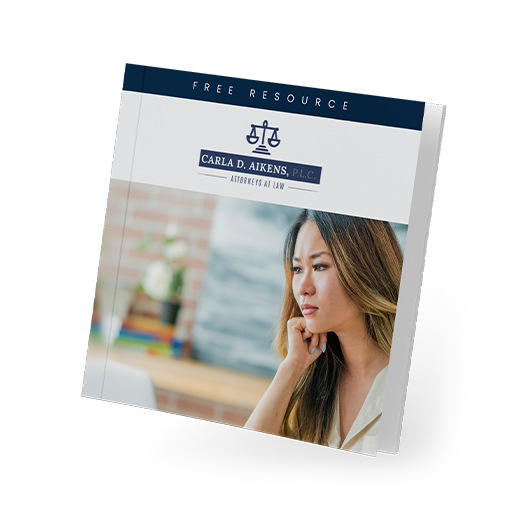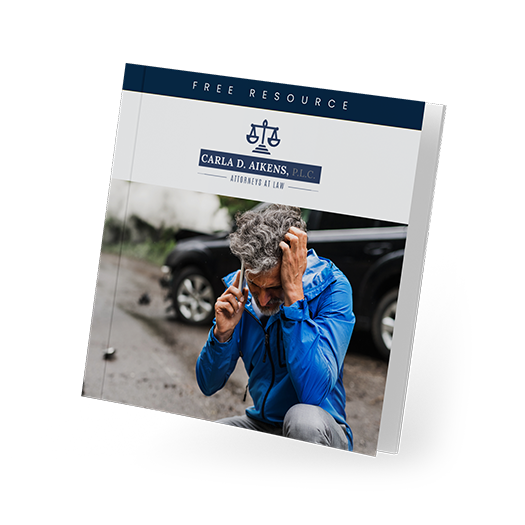On Friday, March 28, 2020, the Coronavirus Aid, Relief, and Economic Security Act (“CARES Act”) was officially signed into law. This a historic, sweeping law that will do a lot for a lot of people, even though I’m sure not everyone is pleased with how the money is being distributed.
But I read the entire thing. It took me most of an entire day, but I wanted to take the time to explain what’s in and what is not, because it seems that there are some misconceptions floating around. As many of you already know, we represent employees in court, but we also advise small businesses on how to stay in compliance with laws to avoid being sued.
Today’s post is going to focus on what’s in the CARES Act for employers and small businesses – even independent contractors and “gig” workers can benefit from today’s post. Stay tuned for posts regarding the applicability of this Act to employees, self-employed, and “miscellaneous” posts regarding where other monies have been allocated that might be of interest (such as airlines and other large companies).
Since I will be answering questions for the small business owners affected by COVID-19 this week, here are some things I think you need to know about the Paycheck Protection Program.
This is (quite literally) the first program in the CARES Act. This is a loan program for small businesses (considered to be less than 500 employees) who need assistance paying their employees. The purpose of the loan is to make sure that you retain your employees and don’t do massive layoffs. Therefore, if you keep within the restrictions, the entire loan may be forgiven. Some other important features include:
- Amount. Loan amount is equal to 2.5x the amount of your payroll from one year ago. If you were not in business in 2019, then the loan will be based upon your payroll from January and February of 2020. The maximum loan is $10 million.
- Use. The funds may be used for the following:
- Costs related to the continuation of group health care benefits during periods of paid sick, medical, or family leave, and insurance premiums;
- Employee salaries (up to $100,000), commissions, or similar compensations;
- Payments of interest on any mortgage obligation (which shall not include any prepayment of or payment of principal on a mortgage obligation);
- Rent (including rent under a lease agreement);
- Utilities; and
- Interest on any other debt obligations that were incurred before the covered period.
- Eligibility. In evaluating eligibility for a loan, lenders are to take into account whether the borrower:
- Was in operation on February 15, 2020; and
- And had employees for whom the borrower paid salaries and payroll taxes; or paid independent contractors, as reported on a Form 1099–MISC.
- “Gig” workers and independent contractors. Even if you are not a traditional “employer,” gig workers and independent contractors are eligible to receive a loan under this program.
- Non-recourse. Notwithstanding that a personal guarantee or collateral is not required, the administrator of the loan has no recourse for nonpayment of a covered loan, except to the extent that proceeds are used for a purpose not authorized as an appropriate use.
- Interest and Repayment. Significantly, all payment on principle, interest and fees will be automatically deferred for 6 months. For businesses that retain their staff through June 30, 2020 this loan will be 100% forgiven (for 8 weeks only). If the full principal is forgiven, then you will not be responsible for any interest on the loan. Any amount not forgiven will be subject to the lender’s terms but will not be more than 4%.
- Application deadline. You must apply to a private lender by June 30, 2020.
- Already-Laid-off Employees. The law allows some flexibility for employers who have already laid people off before its enactment, such that you can bring them back and still receive this loan. You will have to show that you have some employees at least as of February 15, 2020.
UPDATE: On Tuesday, the Department of Treasury released new guidelines for the Paycheck Protection Program. The most important additions are:
- Small businesses may start applying April 3rd, 2020. Self-employed and contractors may apply starting April 10th, 2020.
- Payroll for small businesses will not include 1099 workers since they can apply for their own loans.
- All loan terms will be the same for everyone (for now, 1% interest, repayable within 2 years).
- The loan amounts will be forgiven as long as:
-
- a) The loan proceeds are used to cover payroll costs, and most mortgage interest, rent, and utility costs over the 8 week period after the loan is made; and
- b) Employee and compensation levels are maintained.
- It is anticipated that only up to 25% of the forgiven amount may be for non-payroll costs.
- You can apply through any existing SBA lender or through any federally insured depository institution, federally insured credit union, and Farm Credit System institution that is participating. Other regulated lenders will be available to make these loans once they are approved and enrolled in the program. Visit www.sba.gov for a list of SBA lenders.
This is just a brief overview of some of the available benefits under the Paycheck Protection Program. If you have any specific questions, feel free to reach out to me, or call your lender. Be patient as everyone is learning this as we go along, but the government has told lenders to get this program going as quickly as possible.
Carla D. Aikens, P.L.C.
Latest posts by Carla D. Aikens, P.L.C. (see all)
- What Happens When Products Fail Basic Safety Standards? - March 29, 2024





